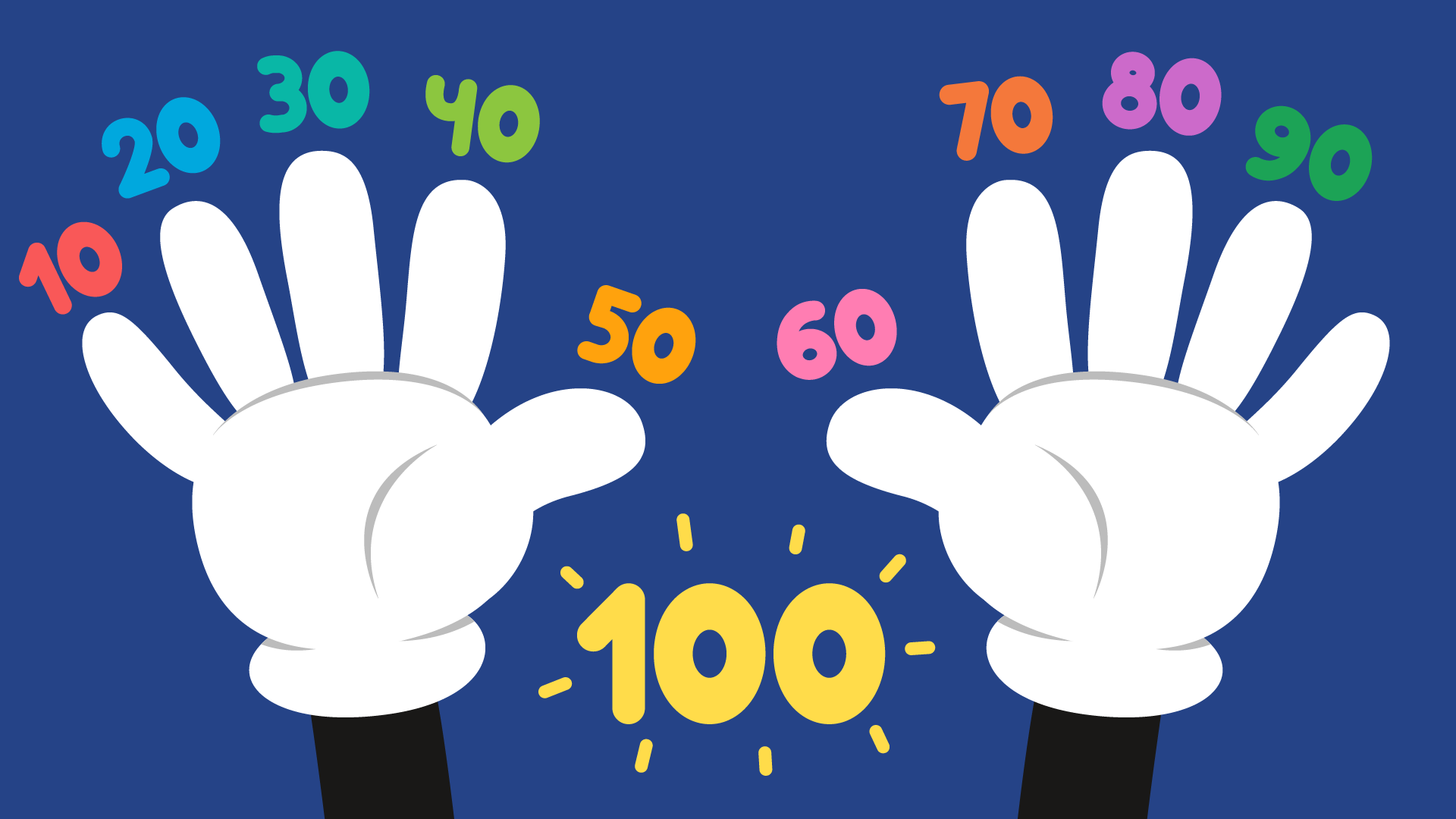Hands-On Geometry Activities for Elementary Kids
March 12, 2018
There’s no better math topic better suited for engaging hands-on activities than geometry! Since the world around us is made out of shapes, sides, surfaces, and angles, geometry is easily relatable to our everyday environment and lives.
Because geometry includes the study of tangible objects and concrete ideas, it’s even more important to offer kids hands-on practice. While worksheets and desk work are no doubt helpful, there’s nothing more effective than learning about 3D objects using real 3D objects that can be built and handled.
Explore Environment with a New Lens
Having the ability to define and describe shapes helps us to understand the properties of the objects and areas in our world. From understanding the dimensions to a room when buying a house, to an architect planning the construction of a building, geometry is involved in all of our lives, whether we realize it or not.
Kids need to learn geometry early on because it allows kids to explore and understand their environment with a new lens. Geometry is also closely related to other math concepts, like fractions and algebraic thinking. Thus, learning geometry helps kids build a solid foundation for learning more advanced math topics. Try out the following fun activities to give your child practice with geometry for elementary school.
Geometry First Grade Activities
-
2D Shapes using Tangrams
Tangrams are great because they teach kids the basics of geometry, and are easy to make using paper without having a set or kit! Allow your child to play with tangrams to make shapes and pictures.
-
3D Shapes with Magnetic Tiles
Magnetic tiles are readily available online or at teacher supply stores, and are great tools for helping kids build 3D shapes including cones, cubes, pyramids, and more! Best yet, your child can build geometric structures of all kinds using magnetic tiles.
-
3D Shapes with Toothpicks and Marshmallows
If you don’t have the money to spend on magnetic tiles or pre-packaged kits, toothpicks and marshmallows work just as well! Work with your child to attach toothpicks to marshmallows to form 3D shapes like pyramids and cubes!
Activities for Second Grade
-
Pattern Blocks to Create Symmetrical Shapes
Geometric pattern blocks are easy-to-find online, and consist of small tiles of varying shapes. Using pattern blocks, your child can create larger shapes and images. Encourage your child to construct symmetrical shapes and identify the line of symmetry in each!
-
Fractions of Shapes with Food
The best way to introduce fractions would be to use pieces of your child’s favorite food to teach this important concept! Before lunch, or dinner, or even just for a snack, use pizza, cake, or pies to demonstrate the many equal parts that make a whole shape.
-
Lines of Symmetry with Lego
Encourage your child to build symmetrical structures using Lego blocks! Working with a sibling or friend, build a symmetrical structure using a Lego base board, adding bricks to make each side of the structure even. Ask the children to identify the line of symmetry, and encourage kids to build symmetrical structures of different shapes for more practice and fun!
Continue the Geometry Fun in Third Grade
-
Use Geoboards for Area and Perimeter Practice
Geoboards are fun pegboards that can easily be found at big box retailers like Walmart or Target. Using rubber bands, instruct kids to create shapes of predetermined lengths to practice perimeter, and help them find the area by counting the square units within the shape.
-
Quadrilateral Memory Game
Memory games are easy to assemble and personalize, making them an ideal game to help kids classify quadrilaterals. Prepare the tiles ahead of time using colorful card stock cut into squares. After preparing the cards with shapes, turn the cards over and start playing!
-
Measure with Yard Sticks or Rulers
This works best on tile flooring, or the concrete in your garage! Using masking tape, create large shapes on the ground. Hand your child a yard stick or ruler depending on the size of the shape, and get measuring!
Finding hands-on geometry activities doesn’t have to mean time consuming projects. It’s best to let kids explore geometry using the tools and manipulatives they love the most to ensure engagement and motivation in this necessary math domain. Get your child started playing and engaging with geometry today, and don’t forget to supplement your child’s learning with other strategies for teaching math to elementary kids.











